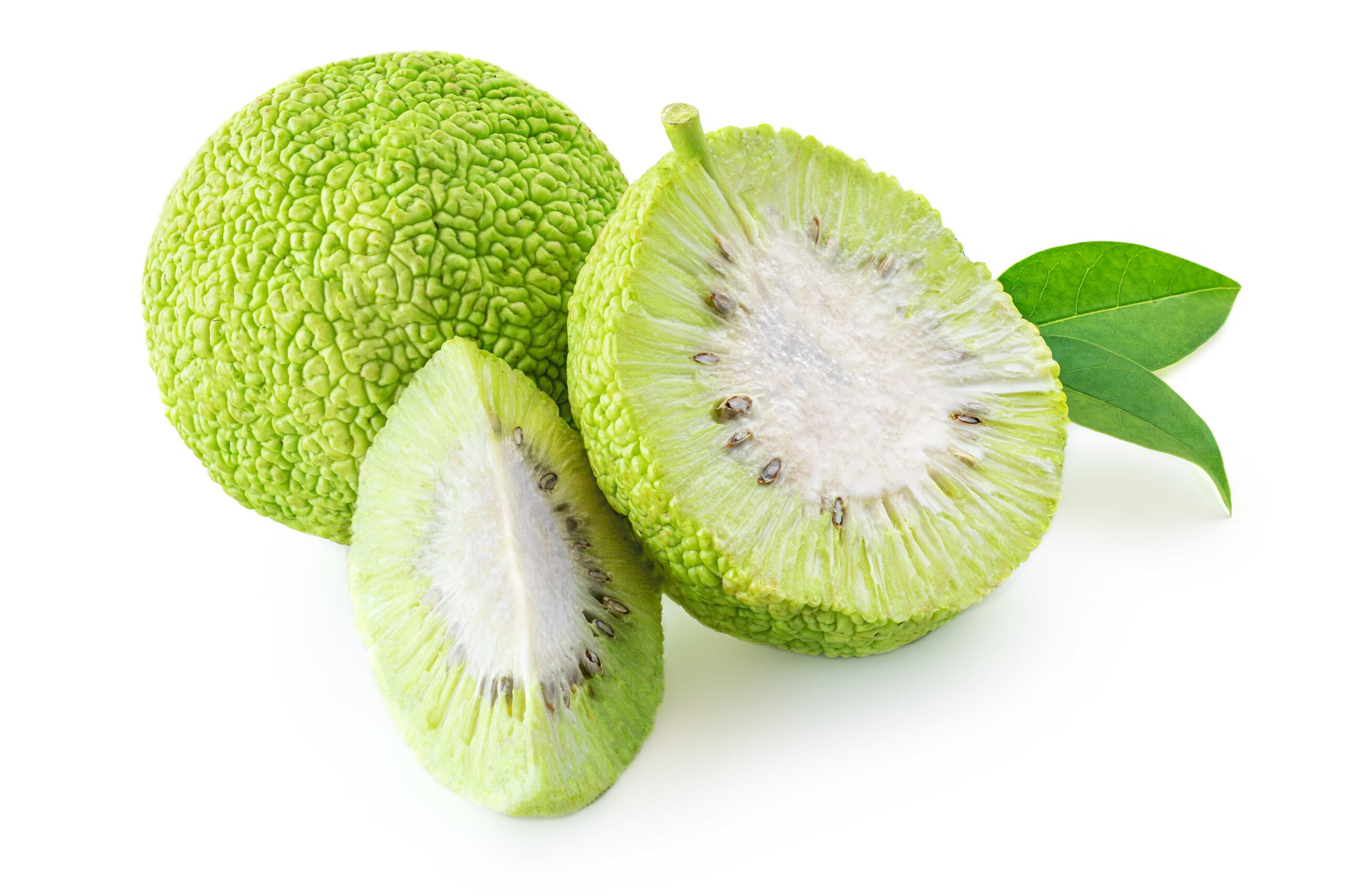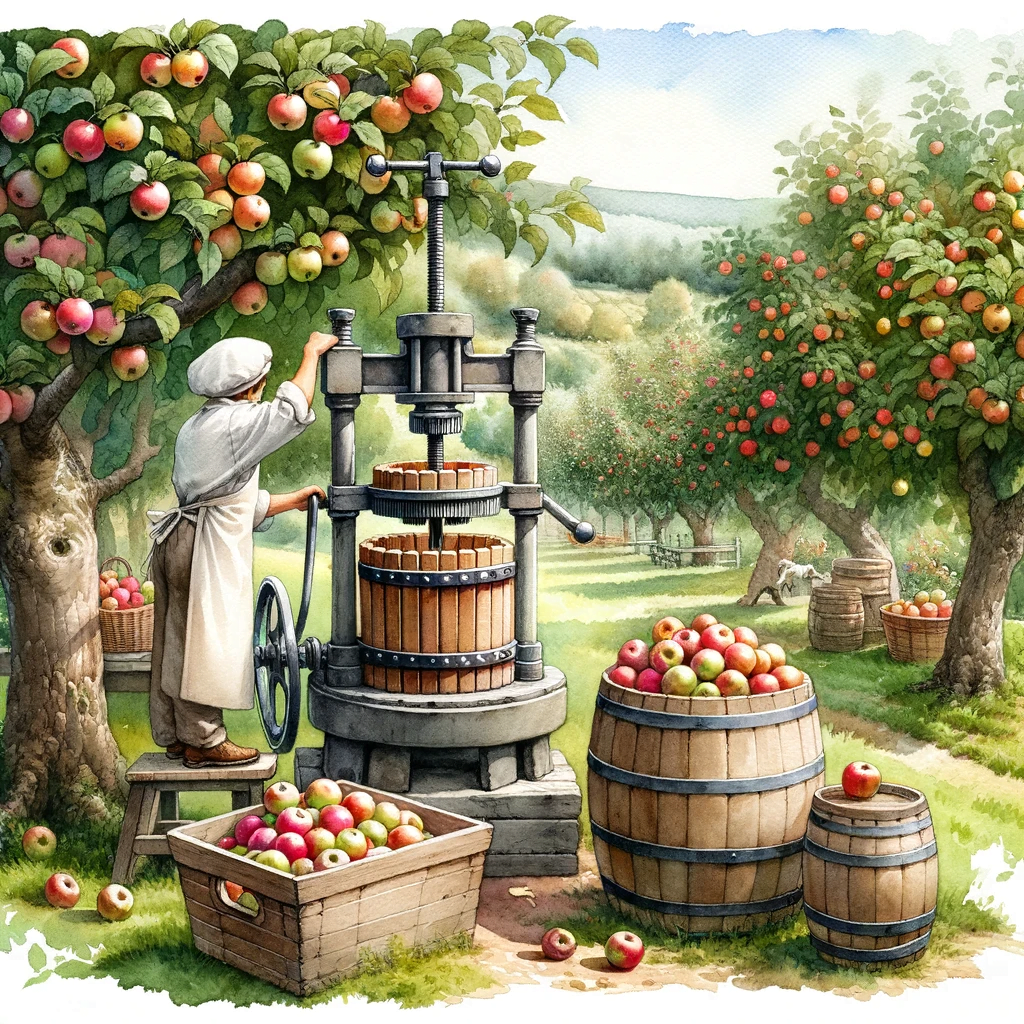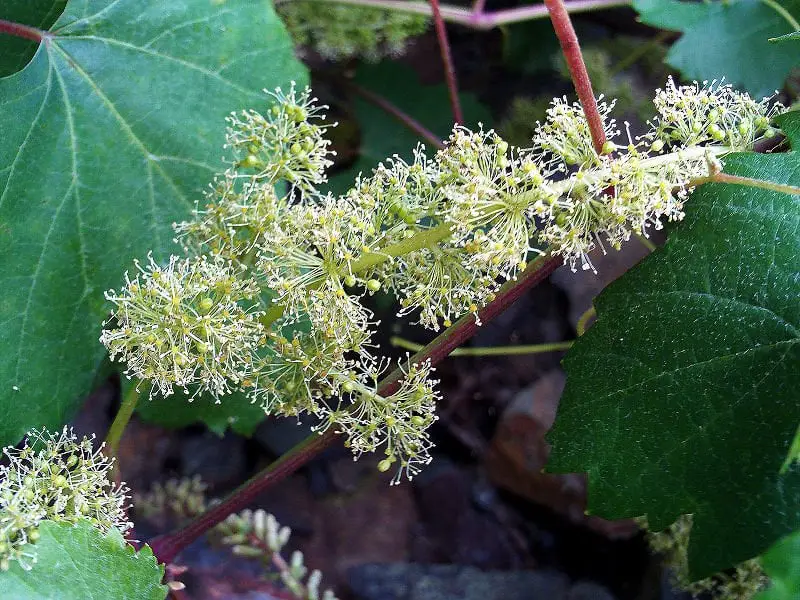Imagine walking through a lush green meadow, enjoying the warm sunshine and the gentle breeze. Suddenly, you stumble upon an unusual sight – small, round objects scattered across the ground. They resemble apples, but you quickly realize that they are too large to be from an apple tree. Curiosity takes hold, and you find yourself pondering the question: What on earth are these peculiar fruits? I’m here to shed some light on the mystery of horse apples. Get ready to discover the fascinating world of these peculiar fruit-like treasures found amidst the equine kingdom.
What are horse apples?
If you’ve ever wandered through a field or spent time around horses, you may have come across something peculiar known as horse apples. But what exactly are horse apples, and why are they called so? Let’s dive into the world of horse apples and explore their definition, origin, physical appearance, types, smell, texture, common uses, benefits, dangers, precautions, as well as their connections to folk beliefs, myths, and misconceptions.
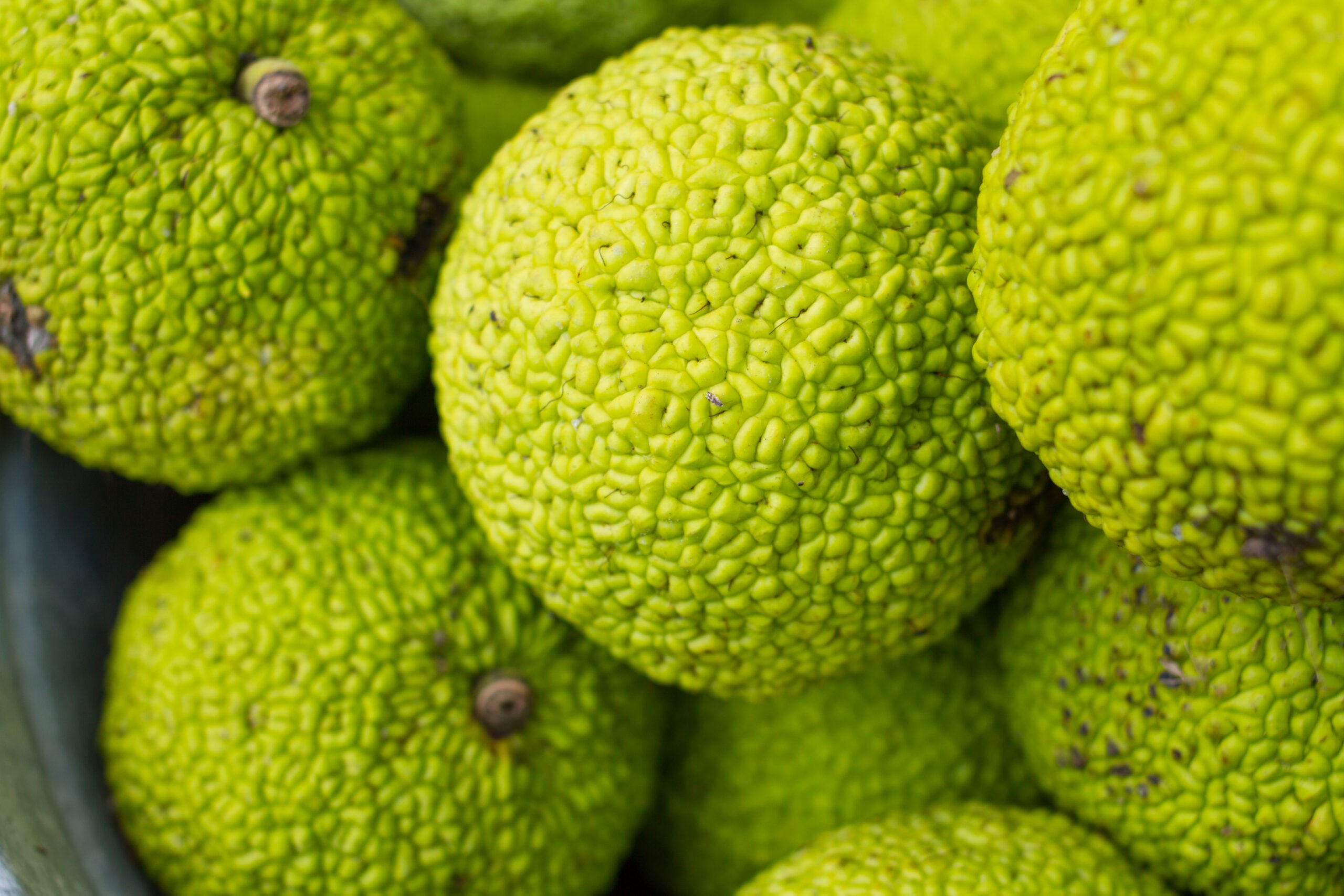
Definition of horse apples
Horse apples, scientifically known as Maclura pomifera, are a type of fruit that grows on the Osage orange tree. These spherical fruits, also referred to as hedge apples, monkey balls, or bois d’arc (wood of the bow), are approximately the size of a grapefruit and have a bumpy, textured outer skin. Despite their name, horse apples are not actually apples and are not edible for humans.
Origin of the term
The term “horse apples” is believed to have originated from the tendency of horses to show little interest in these fruits. When horses encounter horse apples while grazing, they often leave them untouched, which led to the term being used to describe these fruits. It is worth noting that the term “horse apples” can sometimes be used to refer to horse manure, adding to the confusion surrounding the name.
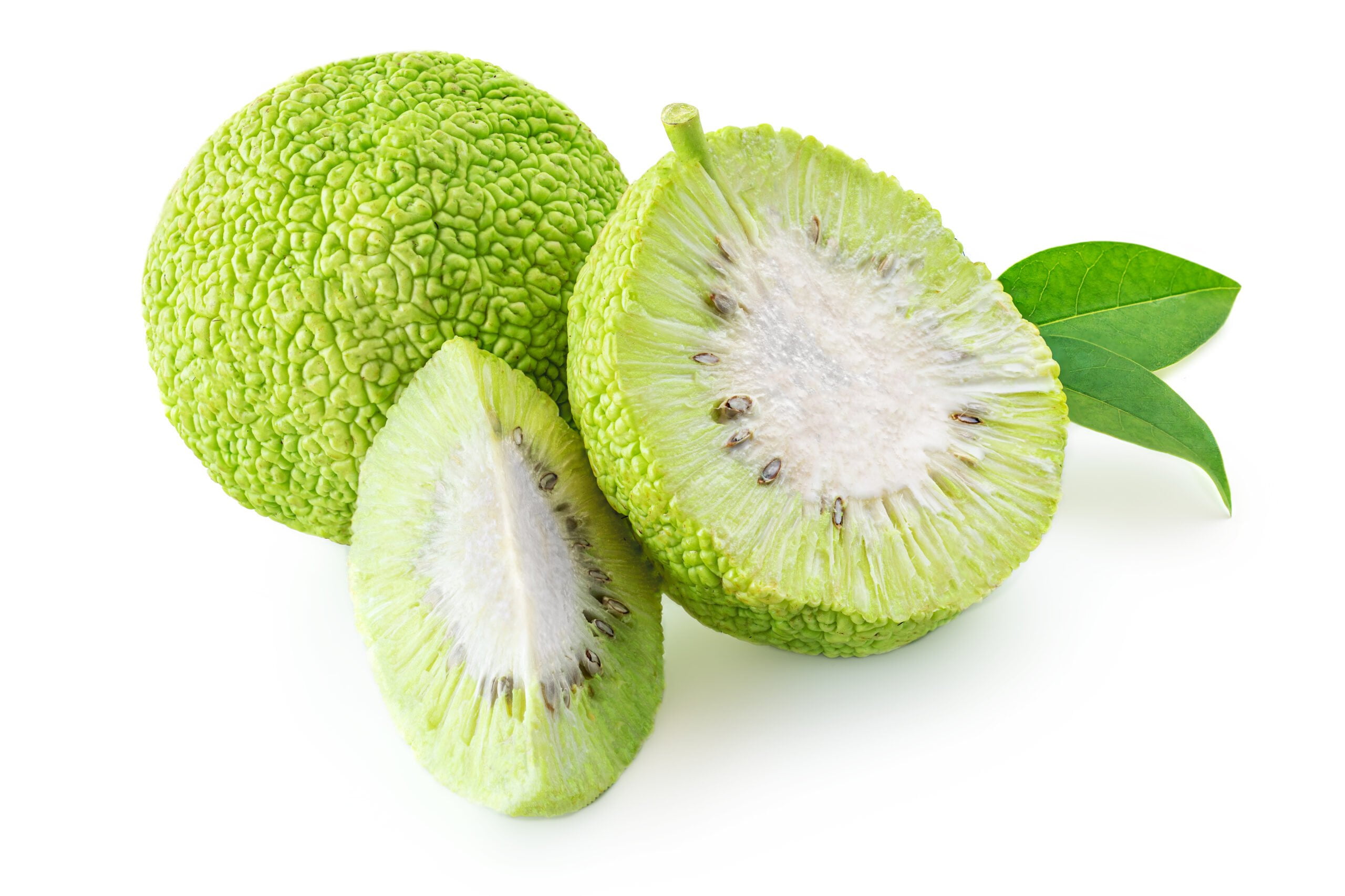
Physical appearance
Horse apples have a distinct appearance that sets them apart from other fruits. They possess a bright green or yellowish-green color, with a rough and bumpy exterior. The outer skin features a thick texture, resembling the surface of an orange. These fruits are generally round and can reach sizes of around four to six inches in diameter. When sliced open, horse apples reveal a white, milky sap inside the fruit.
Types of horse apples
Although horse apples often depict a similar appearance, there can be some variations in their size and shape. Some horse apples may be slightly more elongated or have a slightly different texture on the outer surface. However, these variations are minor, and overall, horse apples maintain a relatively consistent appearance across different specimens.

Smell and texture
When it comes to the aroma of horse apples, opinions may vary. Some people describe the smell as earthy or reminiscent of a mix between citrus and fresh-cut grass, while others find it unpleasant or pungent. Similarly, the texture of horse apples is quite unique. The exterior features a slightly rough and bumpy feel, while the inner flesh is firm and dense, with a slightly watery consistency. It’s important to note that horse apples are not intended for consumption by humans or most animals.
Common uses
Horse apples have found various practical applications over the years. One of their most popular uses is as a natural insect repellent. It is believed that keeping horse apples in areas prone to pests such as spiders, cockroaches, or crickets can discourage their presence. Additionally, dried horse apples can be used for decorative purposes, such as centerpieces or tabletop decorations due to their interesting texture and unique appearance.

Benefits of horse apples
Despite their limited direct use for humans, horse apples offer several indirect benefits. The insect-repelling properties of these fruits can be harnessed to create a natural and eco-friendly pest control method. By utilizing horse apples, individuals can potentially reduce their reliance on harmful chemicals and contribute to a greener, more sustainable environment. Furthermore, the visual appeal of dried horse apples can add a touch of nature-inspired beauty to any space.
Dangers and precautions
While horse apples are generally safe for humans to handle, care should still be taken when dealing with them. The milky sap found inside the fruit can cause skin irritation or allergic reactions in some individuals. It is advisable to wear gloves while handling horse apples, especially if you have sensitive skin. Additionally, as mentioned earlier, horse apples are not intended for consumption by humans or most animals, and ingesting them may cause digestive upset or other health issues.
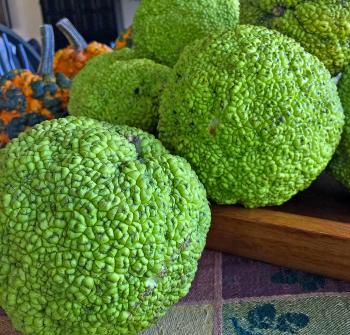
Horse apples and folk beliefs
Throughout history, horse apples have gathered some interesting folk beliefs and superstitions. Some individuals believe that placing horse apples near entranceways or windows can ward off evil spirits or negative energy. Others see them as a symbol of good luck and prosperity. While these beliefs may not be scientifically proven, they add to the mystique surrounding horse apples and demonstrate their cultural significance in certain communities.
Myths and misconceptions
A common misconception about horse apples is that they can repel spiders. While horse apples are often thought to have insect-repelling properties, there is little scientific evidence to support their effectiveness in repelling spiders specifically. It’s important to approach such claims with a critical mindset and rely on proven methods of pest control when dealing with unwanted critters.
In conclusion, horse apples, although not true apples, are intriguing fruits that have captured the curiosity of many. From their definition and origins to their physical appearance, smell, and texture, these fruits have various applications and connections to folk beliefs. While they may not be suitable for consumption, horse apples offer indirect benefits, like natural pest control and decorative purposes. Remember to handle horse apples with caution, appreciate the folklore surrounding them, and separate myths from reality when exploring their properties.
